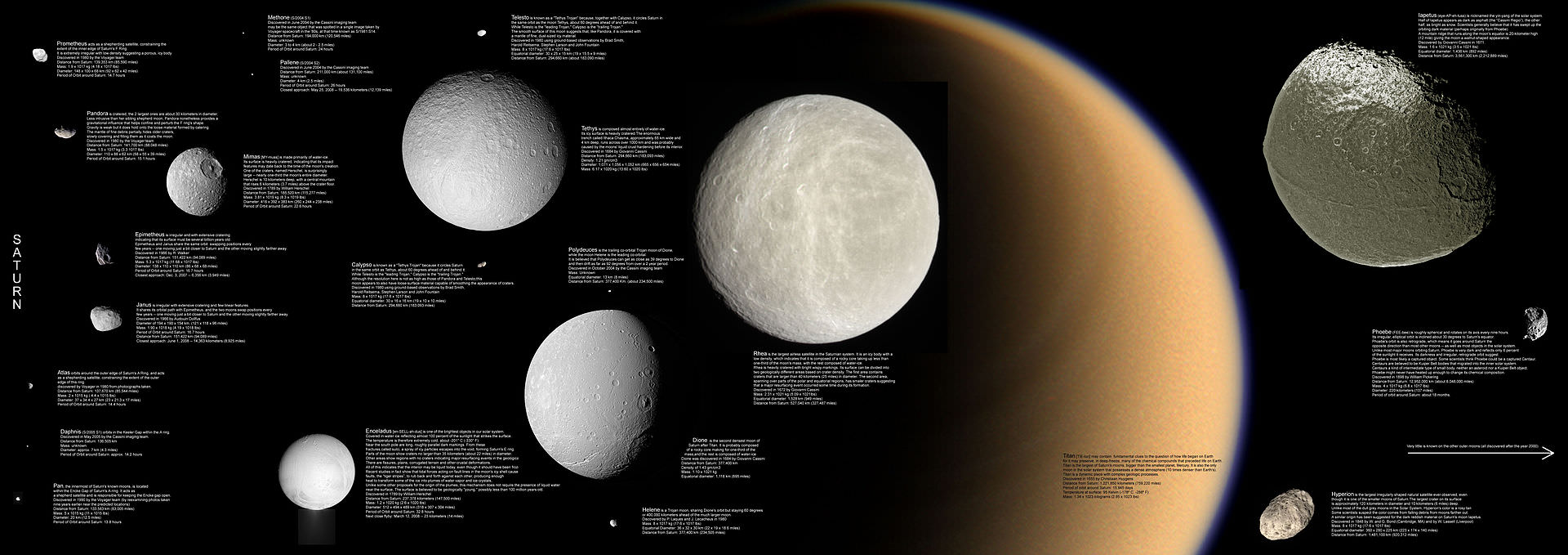Welcome back to another installment in the “Definitive Guide to Terraforming” series! We complete our tour of the Solar System with the planet Mercury. Someday, humans could make a home on this hostile planet, leading to the first Hermians!
The planet Mercury is an intensely hot place. As the nearest planet to our Sun, surface temperatures can get up to a scorching 700 K (427° C). Ah, but there’s a flip-side to that coin. Due to it having no atmosphere to speak of, Mercury only experiences intensely hot conditions on the side that is directly facing the Sun. On the nighttime side, temperatures drop to well below freezing, as low as 100 K (-173° C).
Due to its low orbital period and slow rate of rotation, the nighttime side remains in the dark for an extended period of time. What’s more, in the northern polar region, which is permanently shaded, conditions are cold enough that water is able to exist there in ice form. Because of this, and a few reasons besides, there are many who believe that humanity could colonize and even terraform parts of Mercury someday.



